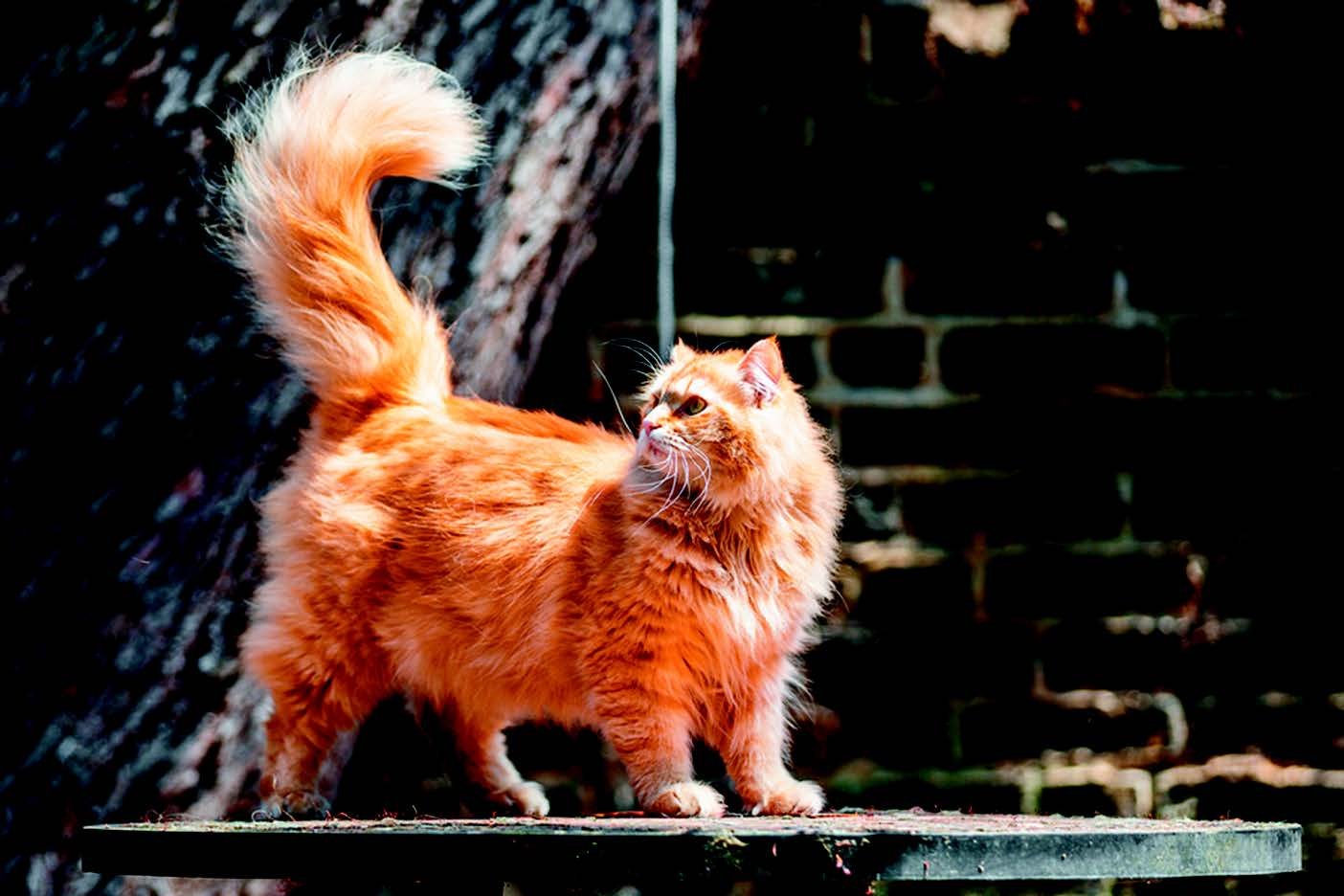

© Ian McGlasham | Bigstock
Rocking chairs, a foot landing in the wrong place, a door closing at the wrong time — all of these can cause tail injuries. Still, “we don’t see that many cat tail injuries,” says Armelle de Laforcade, DVM, an emergency and critical care veterinarian at Tufts’ Foster Hospital for Small Animals. “In the grand scheme of emergencies that come in, it isn’t all that common.”
The reason is that most tail injuries can heal on their own without medical intervention. Sometimes, however, a veterinarian has to treat the problem. Here’s a rundown of four common types of injuries cat tails can suffer.
Contusions. A contusion, or bruise, is usually a superficial injury, meaning it doesn’t run deep. It can occur in one of the bones in the tail or in tail muscles like the sacrocaudalis, which give cats their tail-swishing ability. A contusion can cause soreness but no long- term damage.
Lacerations. A fancy word for a cut, a laceration may in fact need to be bandaged or sutured by a veterinarian to stem bleeding and permit healing. The good news is that even if you have to take your cat to the vet because the laceration won’t stop bleeding, once the tail is treated, it will usually heal with no complications.
Degloving. Warning: this section contains graphic information. Degloving can happen when a cat’s tail is yanked and twisted — usually when she is hit by a car. Skin gets stripped off, and extensive skin loss leaves bones and tendons exposed. This is an instance where a cat should be rushed to the veterinarian, Dr. de Laforcade says. Adds Catnip editor-in-chief John Berg, DVM, “If it sounds horrible, it’s because it probably is, causing the cat a lot of pain.
“Fortunately,” he says, “degloving is a rare occurrence, but when it happens, we have no choice but to remove part or all of the tail.”
Fractures. A cat’s tail contains a series of about 20 bones called caudal vertebrae (“cauda” is Latin for “tail”). That leaves plenty of places for fractures.
Some heal on their own, with no aftermath other than a bit of a permanent crook, or squiggle, in the tail. But a serious bone break near the cat’s body can interfere with blood flow or the nerve supply to the tail, taking away all sensation.
Technically, some tail fractures can be fixed with surgery, Dr. Berg says, but almost always the tail is amputated because of the cost and potential complications of surgery. It’s just as well. Lack of sensation in the tail ensuing from loss of nerve communication only makes it more injury prone. A cat won’t be able to feel if something is injuring her tail further and won’t be able to move her tail out of the way of something dangerous. She may also chew at her tail if it has a tingling sensation or becomes an annoyance.
“Cats do just fine without tails,” Dr. Berg assures. “They have no sense of loss.”




